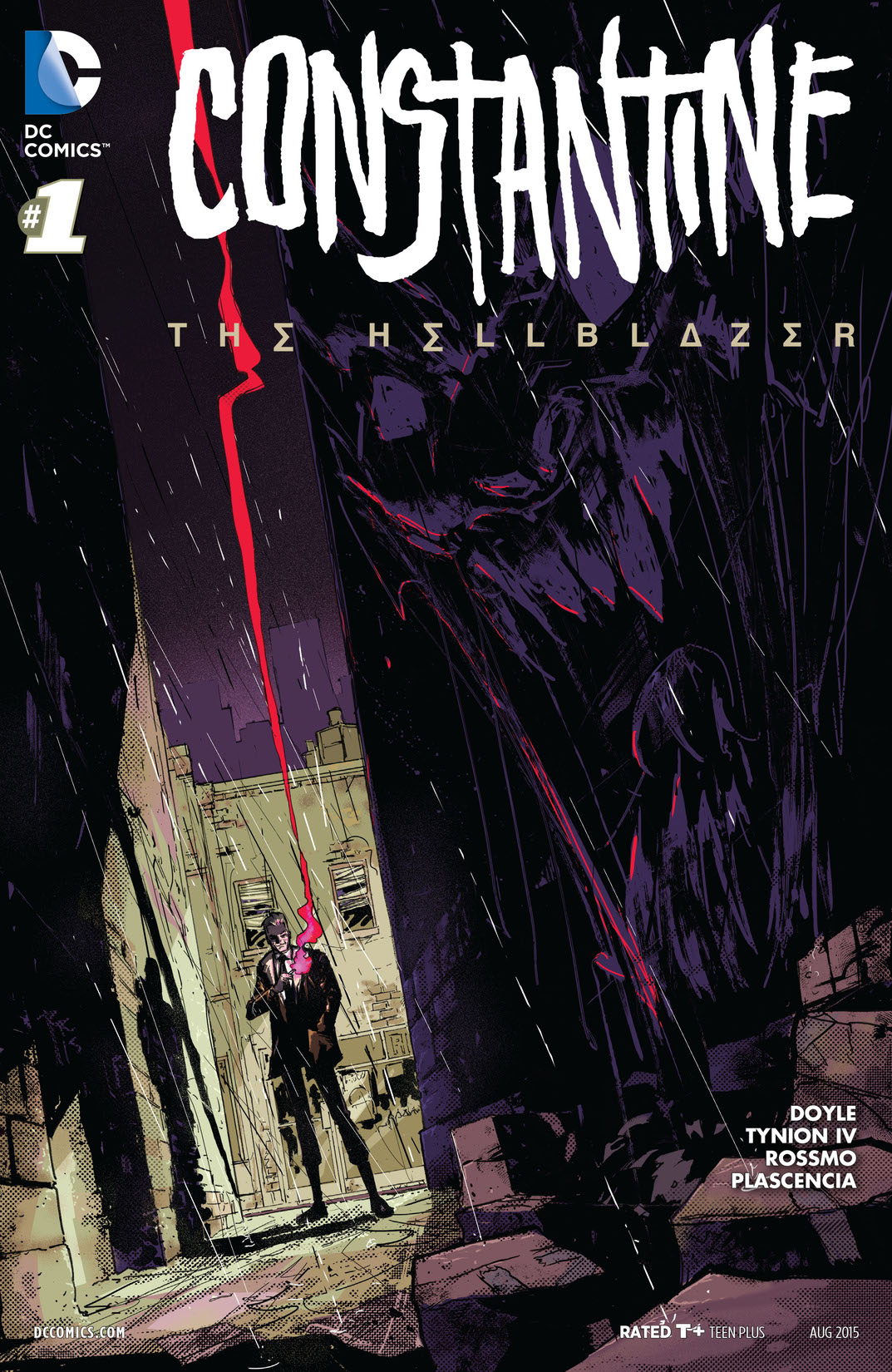Netflix’s The Sandman is a loving tribute to the original comic published by DC Comics’ Vertigo imprint. Many of its characters remain consistent from page to screen, even if their genders are different in the show. In a world where comics and their Hollywood adaptations have never felt more separate, The Sandman’s attention to detail in regards to its source material feels revolutionary. In one instance, The Sandman tucks in a deep cut from John Constantine’s Hellblazer comics. This small yet vital mention adds another heartbreaking dimension to one of the series’ saddest moments.

The Sandman adapts the comic written by Neil Gaiman, with art by Sam Kieth, Kelley Jones, Mike Dringenberg, Shawn McManus, Colleen Doran, and more. The story chronicles the journey of Dream (Tom Sturridge), also known as Morpheus of the Endless. Dream is responsible for protecting a space known as The Dreaming, a place of infinite possibility and power channeled from the dreams of humanity. Dream is captured and imprisoned for a period of one hundred years on Earth. After this, The Dreaming falls into disrepair, with Dream’s objects of office—a helm, the ruby Dreamstone, and a pouch of sand—scattered across the Earth and in Hell. As Dream sets off to recover each object one by one, he comes across a powerful, irreverent magic user named Johanna Constantine (Jenna Coleman) who is in possession of his sand pouch.

Johanna Constantine is based off of the occult detective John Constantine. His appearances in the Sandman comics and in his Hellblazer solo series paint him as a deeply flawed yet charming master manipulator. Magicians are often portrayed as wise and noble in traditional English fantasy stories; however, Constantine is the dramatic opposite. He’s foul-mouthed, difficult to trust, and cursed with an uncanny ability to make terrible decisions impacting his loved ones. Johanna Constantine is canonically John’s ancestor from the 18th century in DC Comics. But Coleman’s portrayal in The Sandman is the most faithful adaptation of the character in live-action.
This faithfulness to both Constantine’s character and Hellblazer comics is heartbreakingly clear in episode three of the Sandman TV series. In “Dream A Little Dream of Me,” a deep cut reference cements Constantine’s tragic love life. Johanna retrieves Dream’s sand pouch from the apartment of her ex-girlfriend, Rachel (Eleanor Fanyinka). While there, Johanna’s former flame reveals that she called up several of her exes in order to find Johanna. This list includes Oliver, a reference to the Constantine: the Hellblazer comics series by Ming Doyle, James Tynion IV, and Riley Rossmo. In this comic series, John Constantine dated a man of the same name. Oliver met a terrible fate after he made a deal with a demon to condemn his soul to Hell in exchange for the safety of his two daughters. It is a tragic end that is unfortunately common for many of Constantine’s lovers.

Referencing this particular moment in Constantine’s publication history is significant. It underscores The Sandman’s commitment to its source material as well as the queerness of its characters. John Constantine is one of the most high profile bisexual characters in DC Comics. And the Constantine: the Hellblazer series (2015-2016) remains the most thorough exploration of his queer sexuality in comics. Taking an element of Constantine: the Hellblazer and putting it into The Sandman affirms the show’s depth of lore. And it also cements Oliver and John’s relationship as an indispensable part of his persona.
The Sandman placing this relationship within the context of Johanna and Rachel’s story makes it even more heartbreaking. The version of Rachel that Johanna had been speaking to was later revealed to be an illusion. The real Rachel lays wasting away in her bed, her body emaciated from holding onto Dream’s sand pouch. It’s a cruel reminder to Constantine that her magical prowess always has an adverse effect on the people around her. Johanna thought she was protecting Rachel by vanishing from her life. But she ended up inadvertently dooming Rachel anyway, just as John did with Oliver in Constantine: the Hellblazer.

By reimagining John Constantine as Johanna in the show, The Sandman queers his original relationship with Rachel. But this happens while also providing a callback to the comics run that radically reimagined his character in the 21st century. This establishes Constantine’s bisexuality in the most Hellblazer way possible, as the phantasm of a former lover lays out the tragic timeline of Constantine’s past.
The Sandman’s Oliver seems to have escaped his sad comics fate; however, viewers never truly know what happened between him and Johanna. Regardless, The Sandman makes it clear that Oliver still remains a ghostly presence in this iteration of Constantine’s life, a fact that haunts both comics fans and now emergent fans of the show.